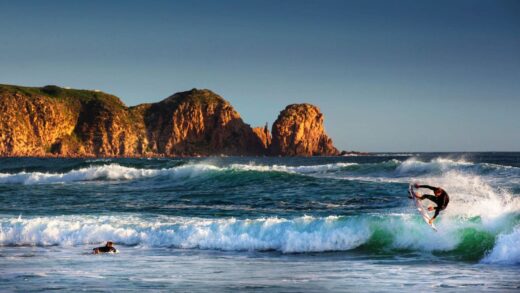The Adelaide River, a beautiful tidal river in the Northern Territory, Australia, is a mix of history, culture and natural beauty. Once a key hub of operations during WWII and now a popular spot for locals and tourists, it attracts those interested in everything from crocodile cruises to railway heritage. As part of many Darwin tours and Kakadu day trips From Darwin, the river is a main destination for anyone exploring the central region of the Top End.
The Origin of the Name
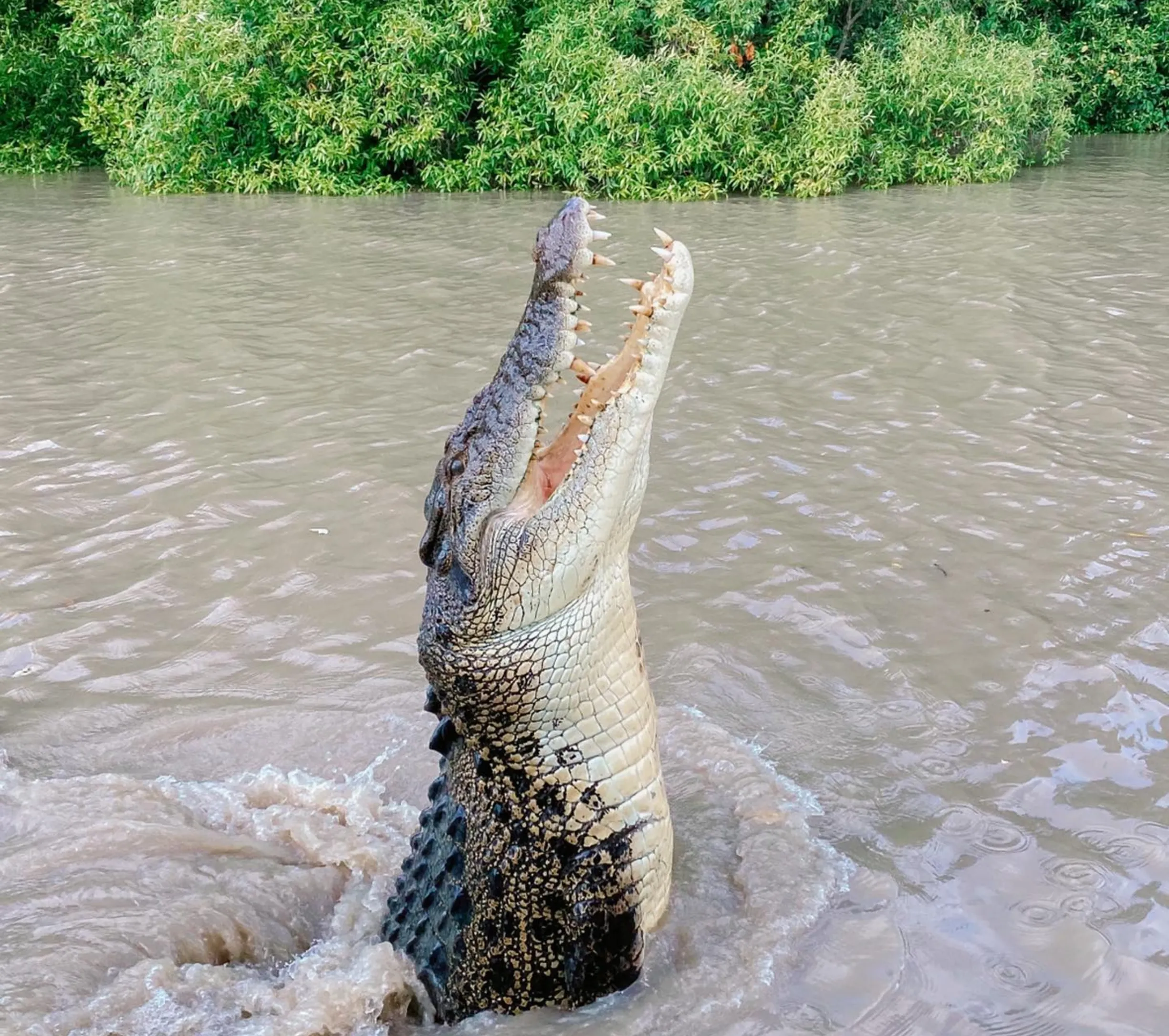
The river was named in 1839 by Lieutenant John Lort Stokes of the HMS Beagle after Queen Adelaide, wife of King William IV. This act of colonial naming is part of a broader British tradition of naming local landmarks after monarchs, just like the naming of Adelaide City in South Australia.
Interestingly, early explorers were also mapping adjacent waters like Breakout Creek, and the discovery of gold in nearby Pine Creek years later would further develop the area. Today, these historical links are explored through private Kakadu tours and visits to the Adelaide River Railway Heritage Precinct, the Adelaide River Lookout, and the Adelaide River School museum archive.
Indigenous Significance and Traditional Owners
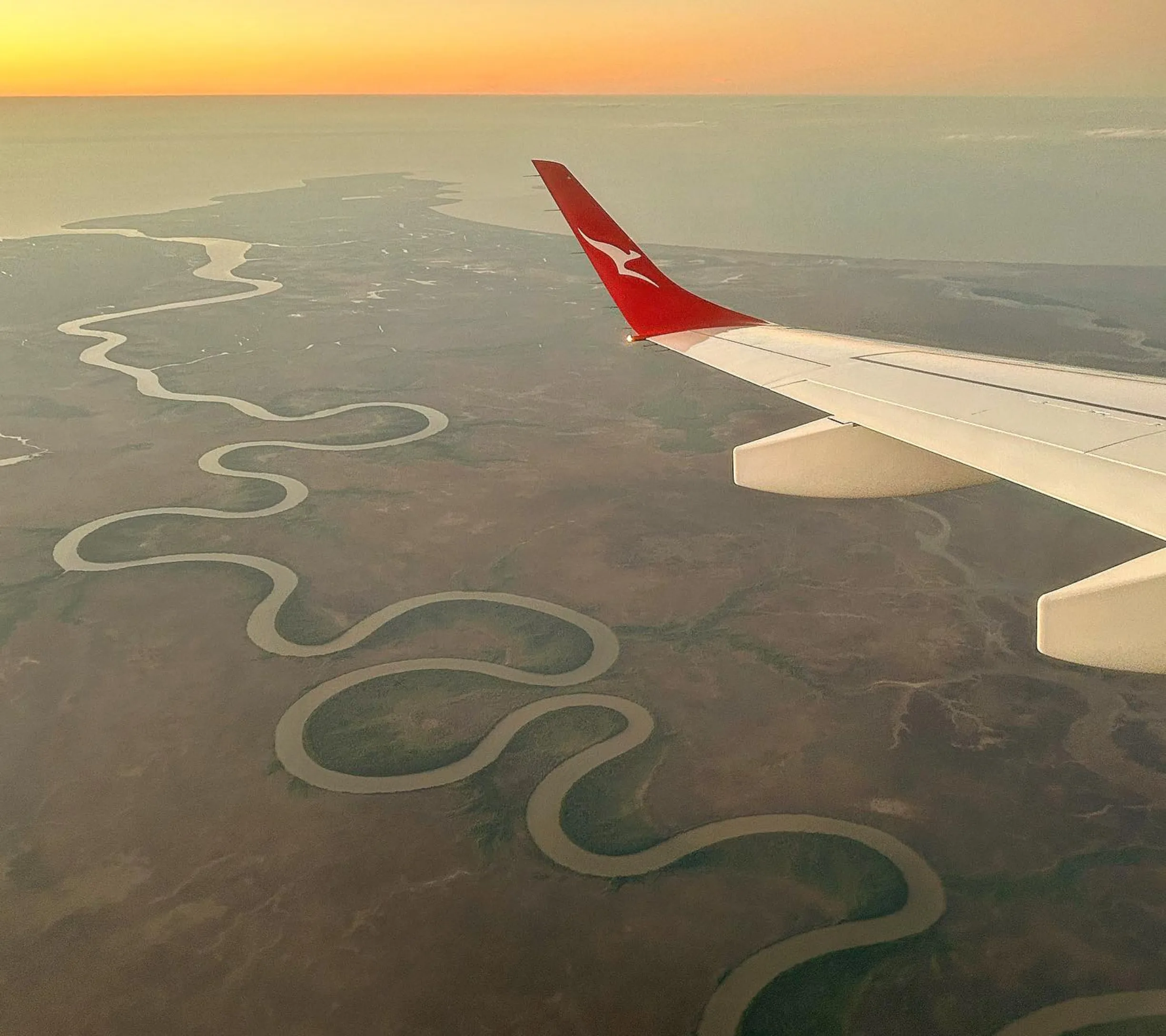
Before European settlement, the Adelaide River region was home to the Warray, Djerimanga, and Kungarakan people. These Traditional Owners lived along the river banks, using the fresh water, native fish species and native plants along the chain of water holes. The area has always supported native animals like wallabies, freshwater turtles and magpie geese, part of a rich Aboriginal cultural landscape.
Many Dreaming stories about the river describe the flow of water, seasonal change and natural values embedded in rock art sites throughout Arnhem Land. Local communities and travellers on private Kakadu tours often talk about the deep spiritual significance and cultural continuity in these lands.
Location and Importance Today
The Adelaide River is approximately 238 km long and flows northward into Clarence Strait, just east of Port Darwin. The Stuart Hwy runs through the township of Adelaide River, now a quiet service centre with a 190-strong population. During WWII, this area was a major military headquarters for Australian and American forces, including the 119th Australian General Hospital, the Australian Field Survey Section, and the Australian Army Canteens Service.
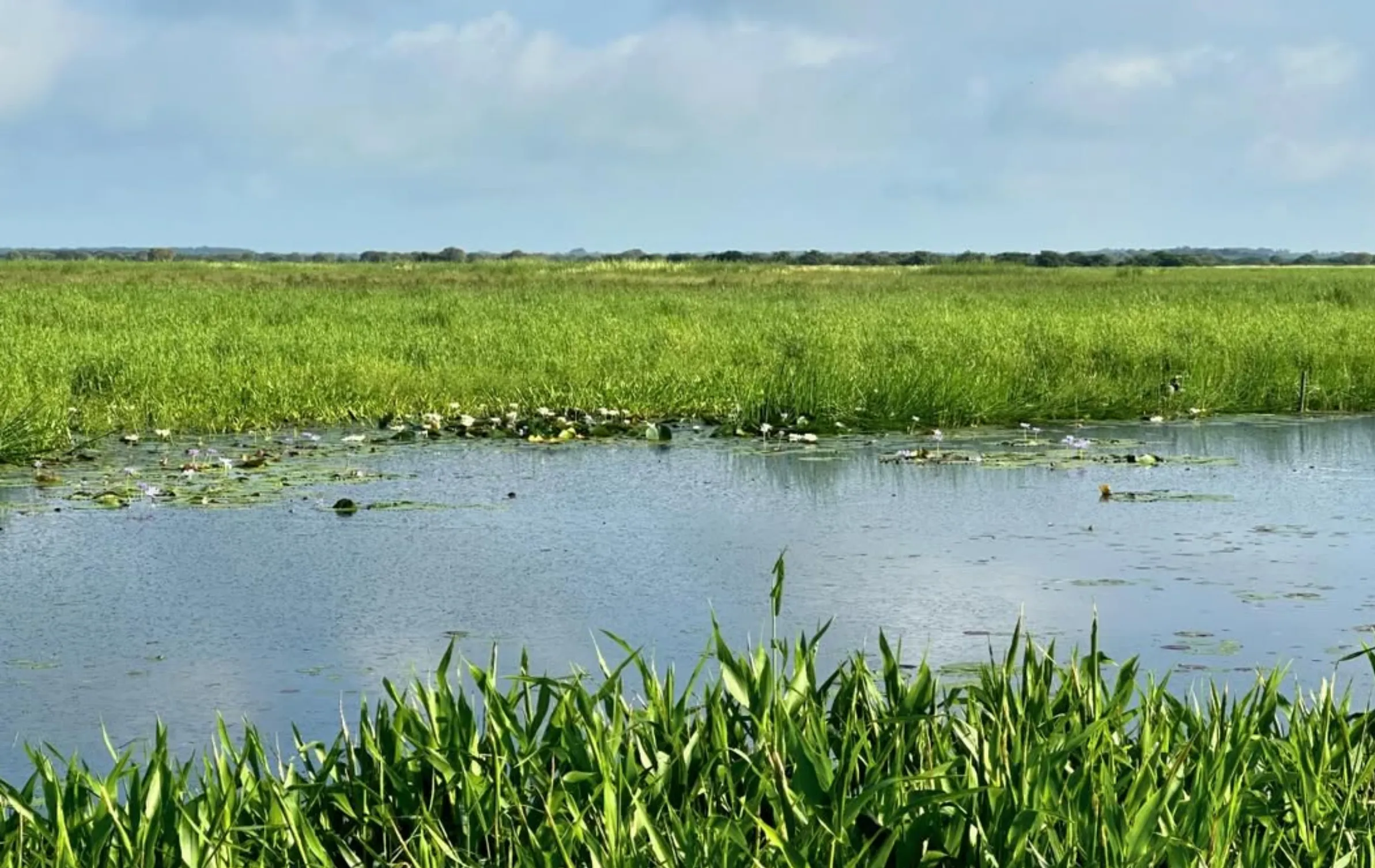
Historic wartime sites such as the Adelaide River War Cemetery, Snake Creek ammunition dump, and the Coomalie Creek airstrip show the area’s importance in resisting Japanese air raids and supporting armed forces retreating from Darwin city. Today, remnants of an artificial channel, supply hubs, and browser window-mapped heritage trails remind us of its strategic value.
The Adelaide River Station, Adelaide River School, and preserved railway bridge are the main attractions, part of the larger North Australia Railway system that once connected this central region to Darwin and beyond.
Exploring Region
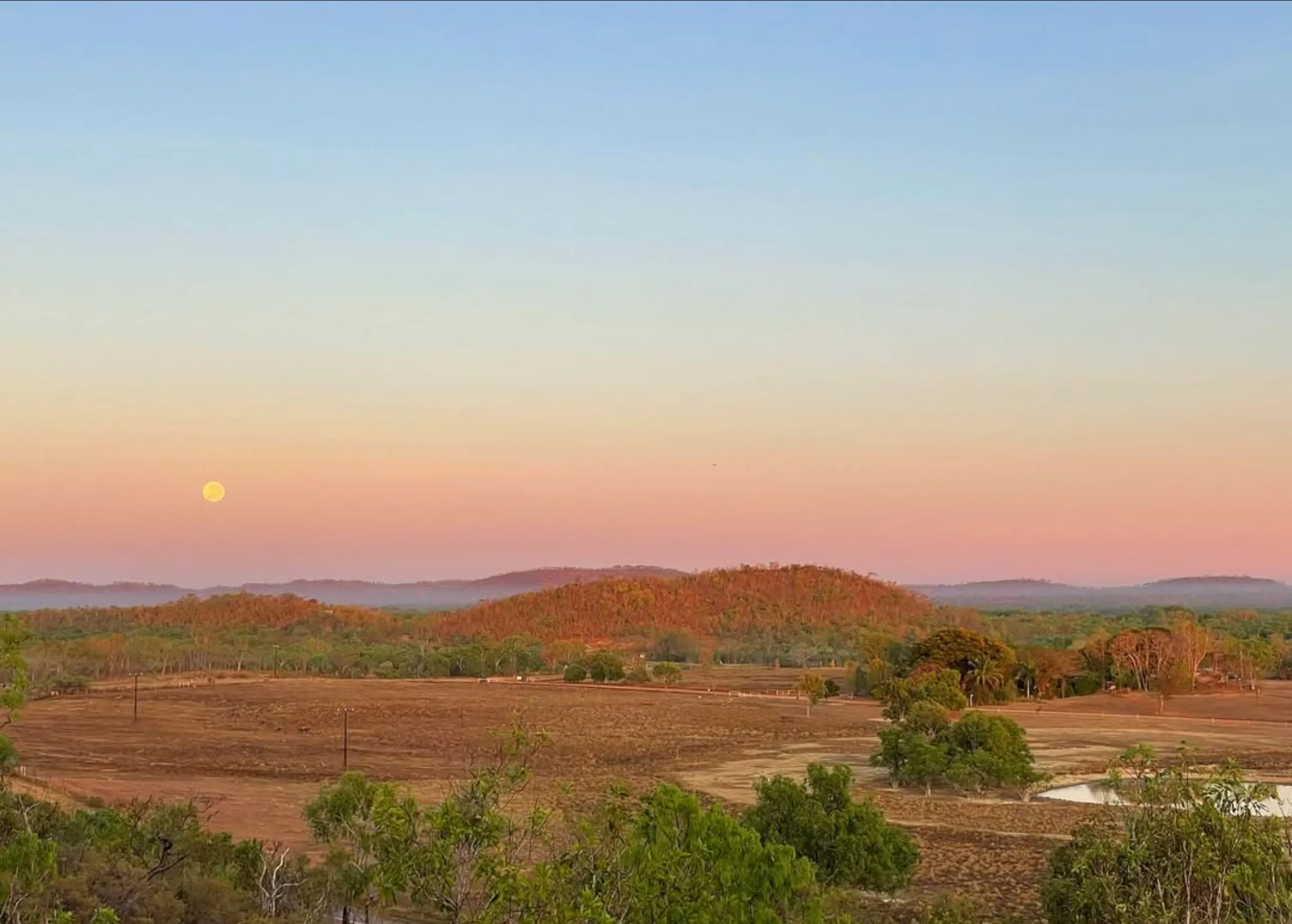
Today, Adelaide River Cruises show saltwater crocodiles jumping for meat, a spectacle that attracts thousands of visitors every year. These tours give insight into the tidal river’s ecosystem, supported by fish monitoring, flow data stations, and regular monitoring of water quality and water flow levels.
Recreational activities like powerboat racing, dragon boating and visiting the Australian war cemetery attract tourists and locals. The shaded green lawns near the Frome Street Bridge and West Beach are a perfect weekend retreat to watch the muddy shores change with the tides.
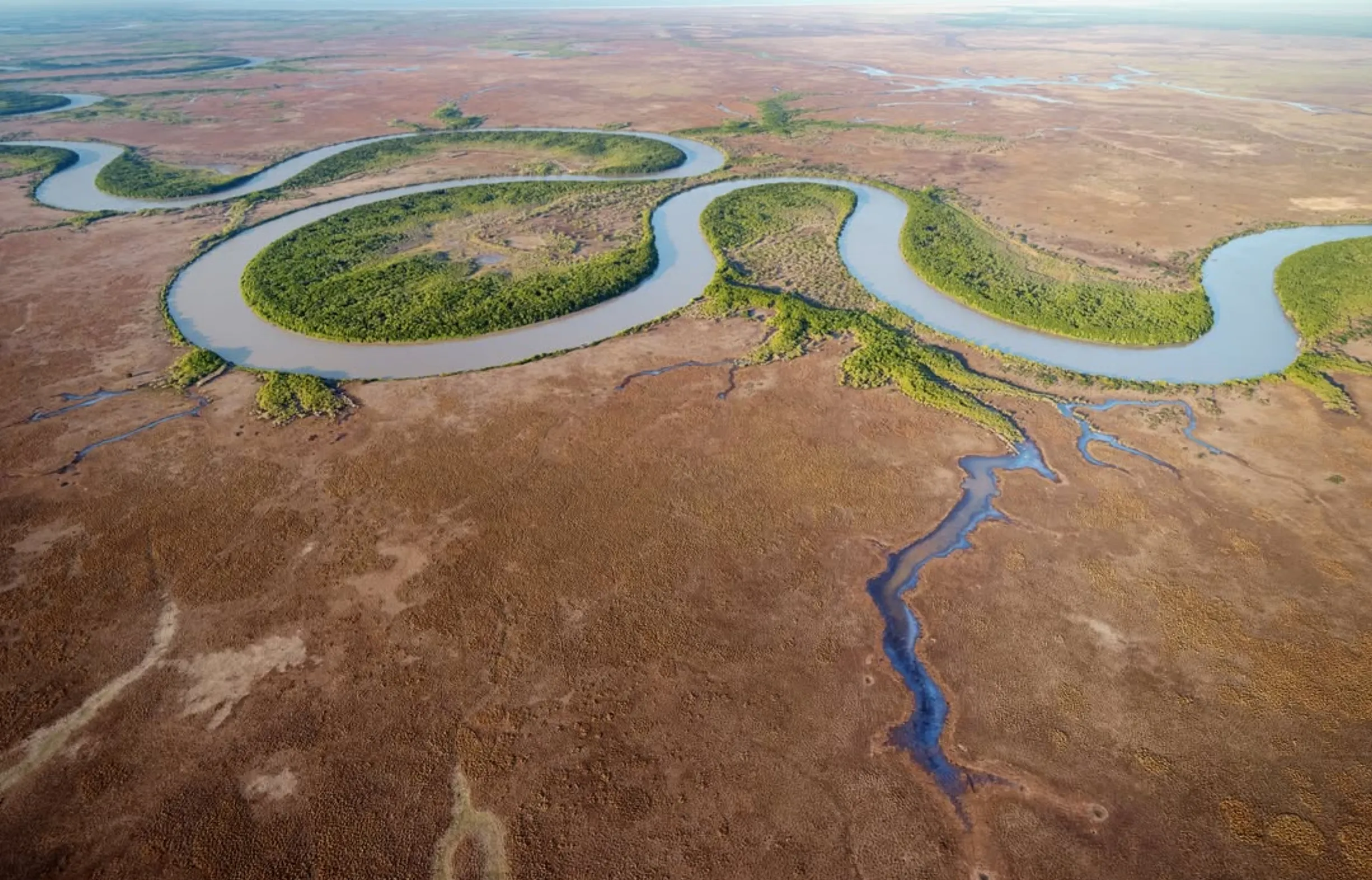
For heritage lovers the Adelaide River Railway Precinct, restored with the help of the Visitor Information Centre, showcases the North Australia Rail history that linked the south west to the north coast via a complex system once operated with coolie labour. Interpretative signage highlights the contributions of soldiers in units like the Australian General Transport Coy and the Australian Infantry Battalion.
Tour operators like Wildlife Tours offer packages that include cultural stops, wildlife cruises and guided walks throughout the Top End.
Final Thoughts
The Adelaide River is more than just a body of water. It’s a living corridor of Aboriginal heritage, colonial history, wartime resilience and natural wonder. Whether you’re drawn to its crocodile-filled waters, its role as a major enterprise during WWII or its peaceful present-day atmosphere, the Adelaide River has something for every traveller.
If you’re planning a Kakadu trip or going beyond Darwin city, don’t miss this iconic river that runs through the pages of Australian history—and flows through the heart of Northern Australia.
FAQ
Why is the Adelaide River called that?
It was named by Lt. John Lort Stokes in 1839 after Queen Adelaide, wife of King William IV.
What role did the Adelaide River play in WWII?
It was a military headquarters, hosted the 119th Australian General Hospital, ammunition dumps and camps for service personnel during Japanese air raids.
Are there crocodiles in the Adelaide River?
Yes, it’s famous for its saltwater crocodiles in Adelaide River Cruises’ jumping croc tours.
Is Adelaide River a good stop on a road trip?
Yes. It’s a popular stop on the Stuart Hwy, has war cemeteries, a railway heritage precinct and wildlife cruises.
What else can I do in the Adelaide River area?
Native plant walks, dragon boating, railway history, or a scenic rest on the green lawns near the Frome Street Bridge.


